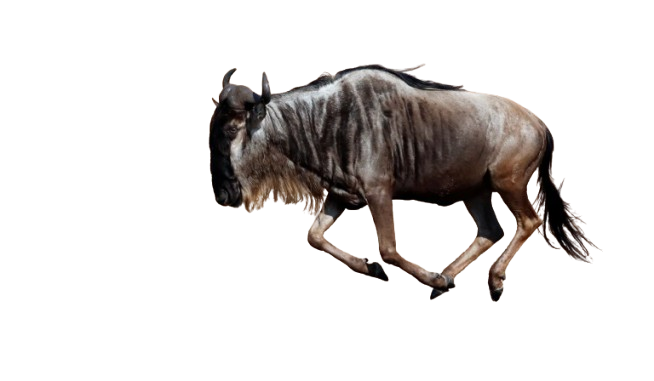Two Crowd-Free Parks Beat the Serengeti in Tanzania.
Two Crowd-Free Parks Beat the Serengeti in Tanzania., Serengeti and Ngorongoro Crater top the bucket list for many nature lovers coming to Tanzania. And they’re indeed favorite spots for good reasons. The former is home to the Great Migration, the largest mammal migration on Earth, featuring over 2 million ungulates. The latter is a spectacle, yes, the world’s largest unbroken caldera. On top of that, these two destinations boast the five most-sought-after animals by every safari-goer, dubbed the Big Five. So, they deserve to be on everyone’s bucket list.
However, these wildlife reserves receive the highest count of visitors, especially in the dry season (June to October). As a result, you have to be comfortable sharing a sighting with other fellow visitors. But there are better options to avoid the crowd by visiting little-known parks in the remote south and west of Tanzania. In this article, we’ll explore two crowd-free parks in Tanzania. Let’s dive in.
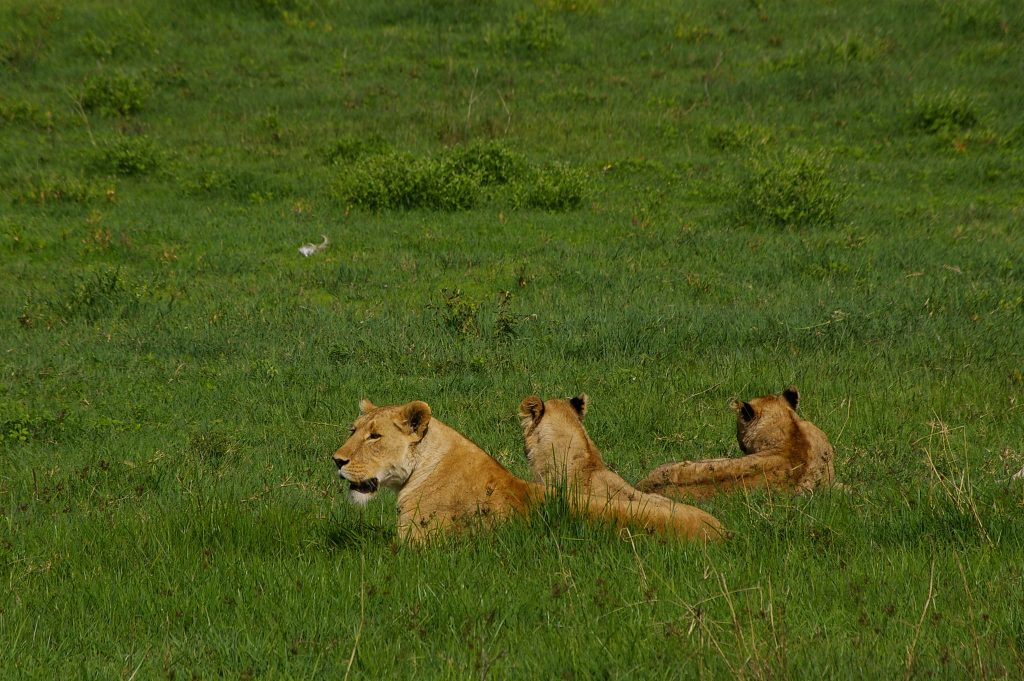
Nyerere National Park
The Nyerere (previously Selous Game Reserve) is the largest park in Africa, but much of its vast wilderness remains virgin and unexplored. It covers 30,393 square kilometers and harbors diverse habitats, ranging from savannah plains, riverine forests, acacia woodlands, swamps, and rivers.
What can I see in Nyerere National Park?
Unique wildlife encounters
As we mentioned, Nyerere offers unique views of wildlife and landscape. You can spot rare animal species like blue wildebeest, Lichtenstein’s hartebeest, and sable antelope. Search for large predators like lions, leopards, spotted hyenas, and cheetahs in the pristine wilderness.
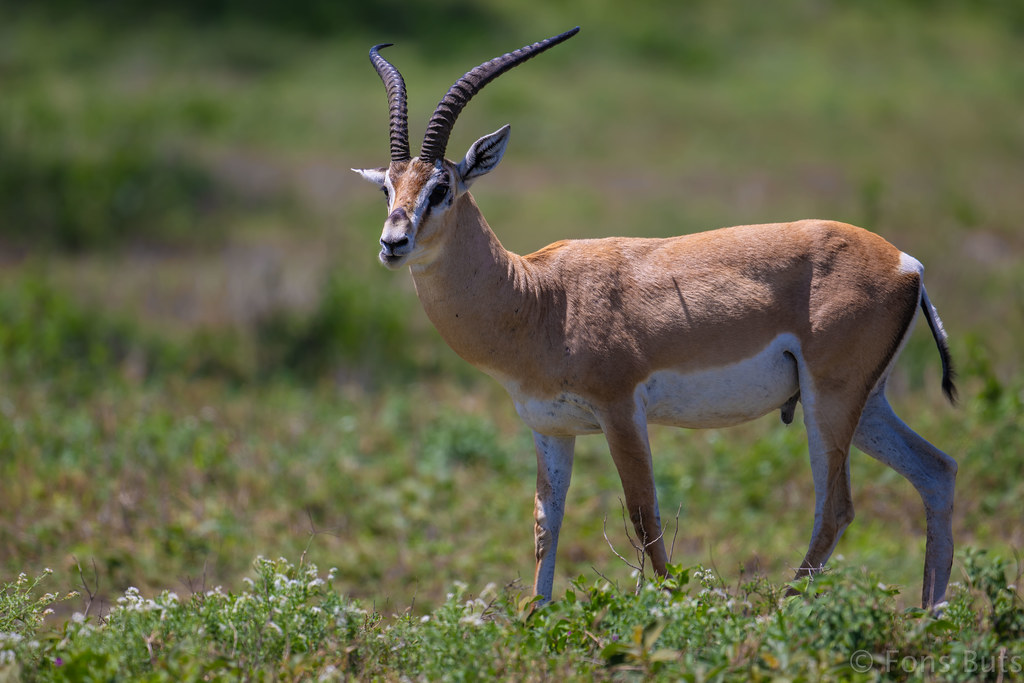
The Big Five
All Big Five animals are also available in this park. Most game drives often result in the views of large prides of lions resting on a rock outcrop or lounging in the savannah plains. The grey giants can be seen moving slowly or digging water holes near the majestic Rufiji River. The buffalo, gentle but dangerous, roam the acacia-dotted plains as they seek long grass, which is their favorite meal.
The black rhinos are present, but very rare. With our experienced field guides, however, you have better odds of sighting these prehistoric mammals, which were on the brink of extinction in the 1990s thanks to conservation efforts.
Photograph opportunities.
Nyerere has a picturesque setting – the one that will make you pull your camera out. For avid photographers, this is an opportunity to picture wildlife in its purest form. You will also capture the best shots without interruption from other safari vans. You’re in the middle of the jungle surrounded by 30,393 square kilometers.
Boat cruising.
Picture yourself in the middle of a giant river sailing while witnessing the natural setting, hippos, and crocodiles. Boat cruises are a signature experience of Nyerere and other parks in the south and west.
Ruaha National Park
Ruaha borders the Nyerere to the southeast, and together they form a wildlife-rich ecosystem, which is still catching up with the number of tourists. Ruaha is Tanzania’s second largest park, covering about 20,226 square kilometers of land in southern Tanzania.
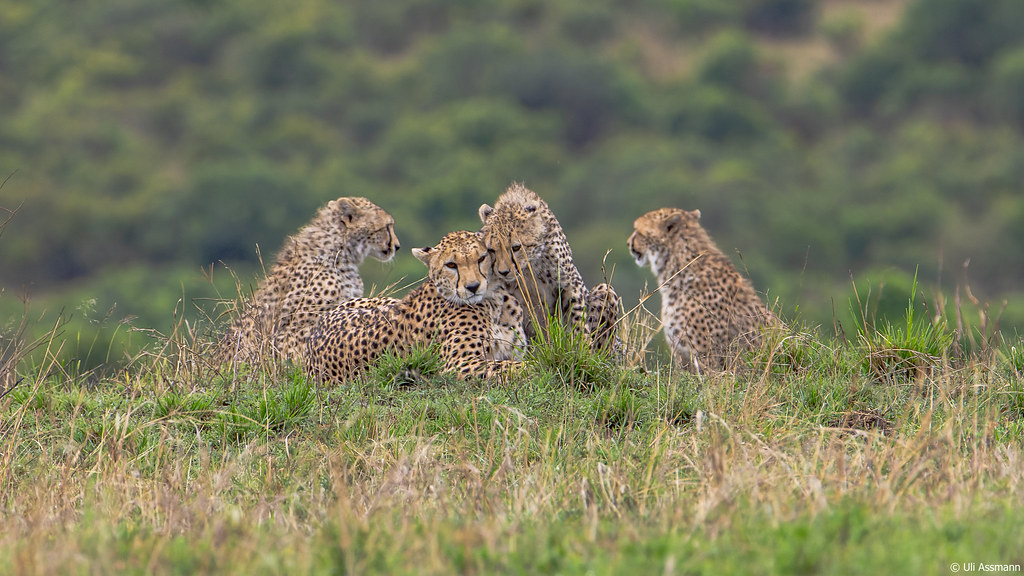
What can you see in Ruaha National Park?
High concentration of wildlife.
Since Ruaha is still unknown, wildlife sees fewer safari vehicles. If watching the African giants is one of your wishes, then you’ve come home. In Ruaha, you can encounter a 300-strong herd along the Great Ruaha River and in the closed woodlands. The background of a large baobab tree makes the scene even more captivating.
When it comes to sighting lions, Ruaha has 10% of Africa’s lions. While these apex predators are known to form social groups of up to 20, in Ruaha, they form large prides of up to 40. In every game drive in Ruaha, you’re assured of spotting a lion pride.
The African wild dogs are a special treat in most parks in the north, but here they’re a common sighting. They’re social predators forming a group called a pack. Due to their cooperation when hunting, the wild dogs are the most successful predators. Their hunting success is about 98%.
Boat safaris.
A few parks offer boat safaris. Ruaha offers the feel of floating gently along the Ruaha River while watching large pods of hippos and crocodiles basking in the sun. So, here you treat your game drive with a special sunset cruise along this crocodile-infested river.
Cultural sites.
Ancient communities were once inhabited by ancient societies that left their antiques and clues. Here, you can visit the Mkwawa Museum, where you’ll dive into the history of the Hehe. These societies once opposed the German colonial forces from colonizing their land. Their symbolic Chief Mkwawa led the fights.
On top of that, the Ruins of Isimila depict stone age tools, cementing the fact that our early ancestors lived there. You can also explore the caravan routes used by ancient Arab traders to transport commodities.
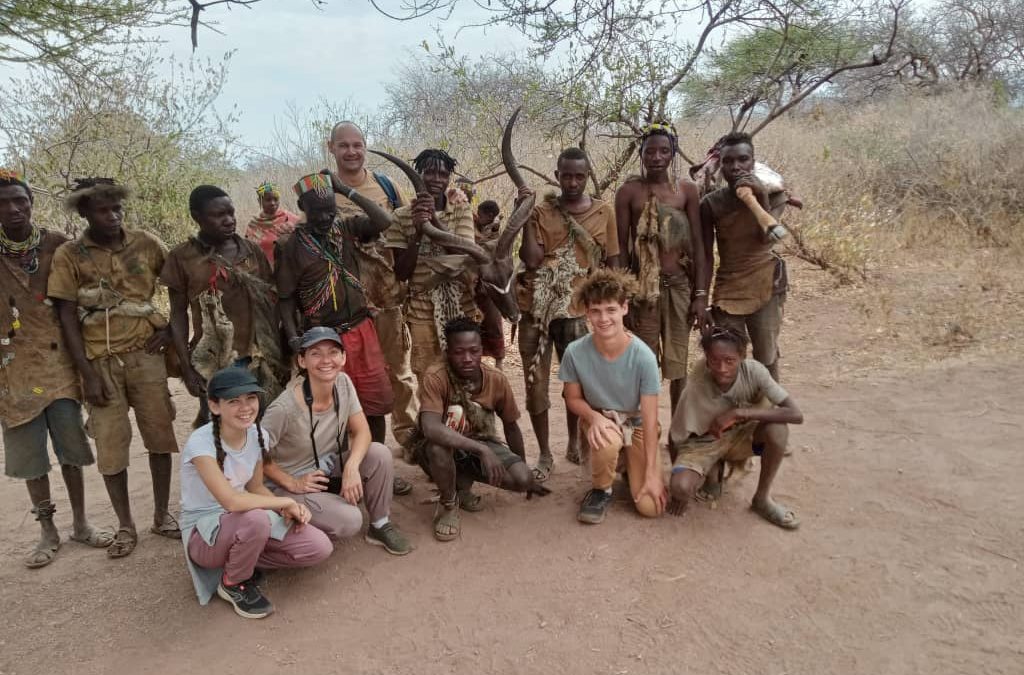
The bottom line.
We accept that in famous parks like the Serengeti is common. But that should not make you avoid Tanzania. You can still enjoy your wildlife safari without including Serengeti and Ngorongoro Crater in your bucket list. Our guides are knowledgeable and always do their best to offer you a bucket-list experience without compromising wildlife and nature. Are you ready for an adventure? Let’s start planning something unforgettable.
